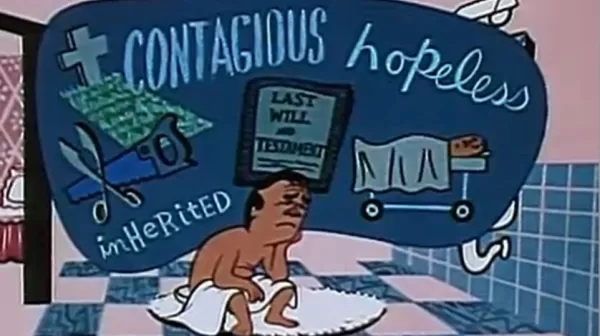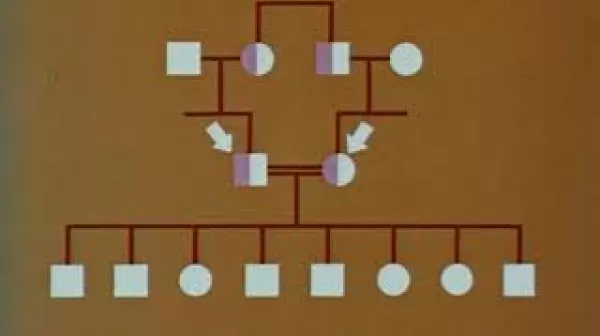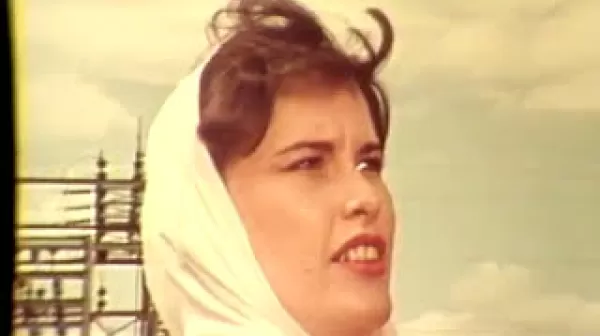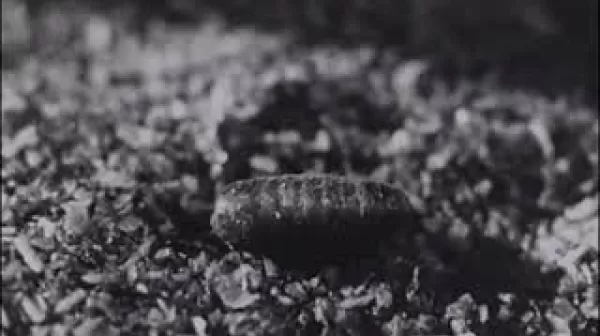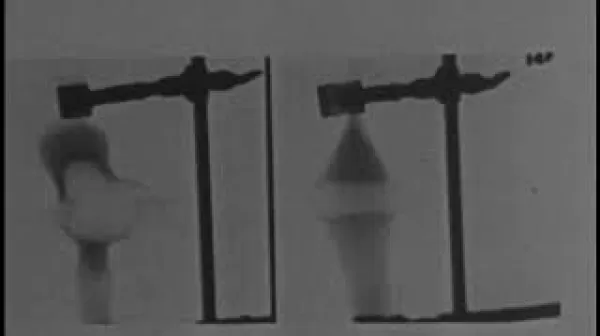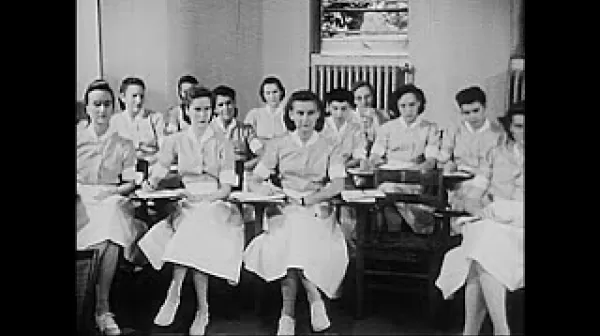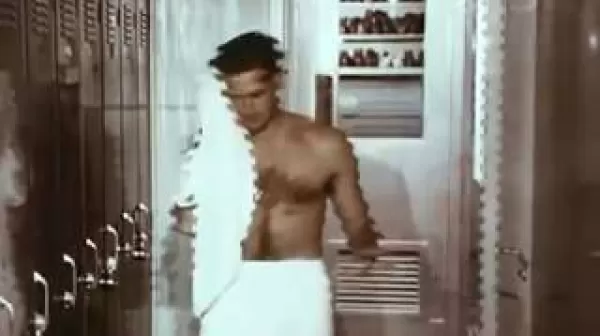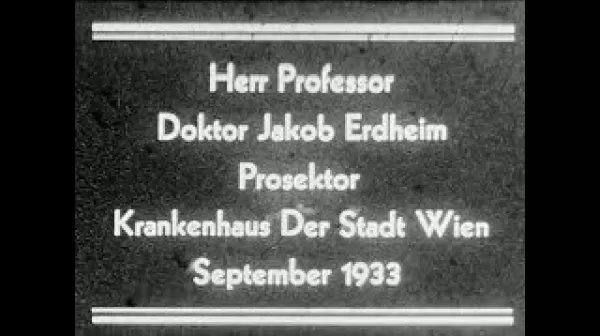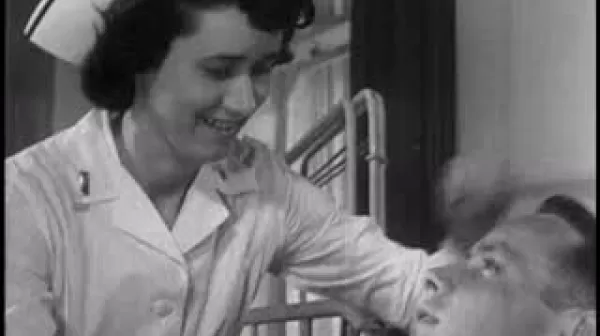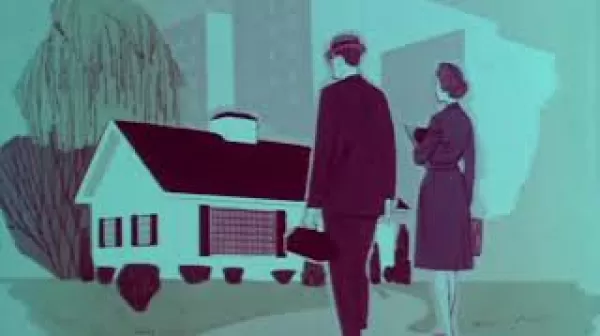Man Alive! (United Productions of America, 1952)
In animated cartoons, an analogy is made between a man with a badly functioning car and a man with physical symptoms which could indicate the presence of a neoplasm. The various stages of denial are illustrated. Unprofessional advice is heard, and quick fix remedies are tried. The car owner finally goes to a good garage and pays heavily to have his car repaired, a bill which would have been small if he had taken his car in at the first sign of trouble. The man decides not to make the same mistake with his body that he made with his car.

